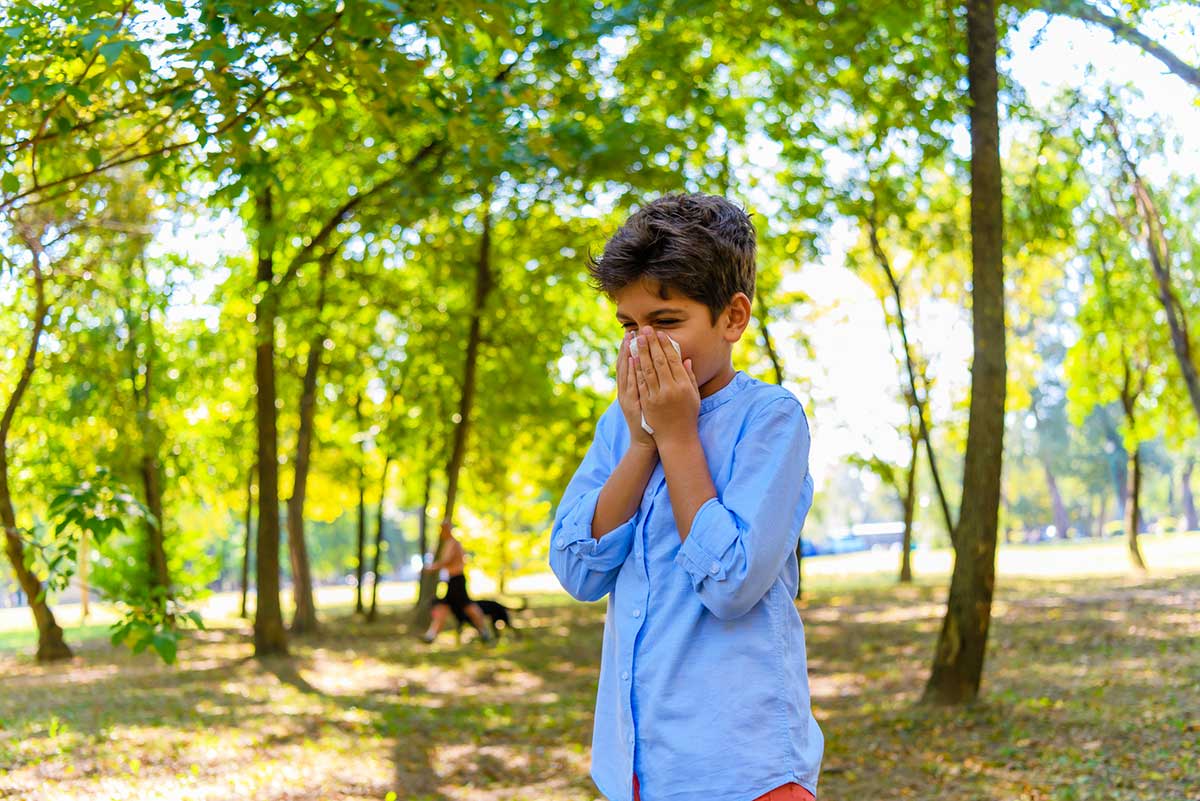Mold Allergies Part 2: When the Great Outdoors Are Not So Great
April 24, 2022
By: Charmi Patel, MD
Categories: Allergies
A focus on outdoor spore sources.
In my previous blog post, I talked about indoor sources of mold spores. Today, I want to focus on spore sources outdoors.
High concentrations of outdoor mold spores generally are associated with certain conditions or situations:
- During freezing temperatures in the northern latitudes, outdoor air is relatively free from mold spores. Northeast Georgia is generally cool enough to reduce mold spore counts during the winter.
- In the spring and fall, mushroom spore counts will soar 1 to 4 days after a rainstorm.
- In late summer and fall, dying/decomposing plants can create concentrations of mold spores.
- During periods of intermittent rain and 3 to 4 days after a rainstorm, ascomycetes spores may emerge. These are the microscopic spores of sac fungi such as bakers’ and brewers’ yeast, truffles and morels.
- Garden areas, especially compost piles and decomposing leaf or plant debris piles, are good places for fungal growth.
- Mowing or raking the lawn will temporarily create high mold spore counts.
- Elevated mold spore counts are common in agricultural areas like barns, silos, and in baled or stacked hay.
- Colonies may grow on the exterior of a house, including windows, when the walls are covered by or closely adjacent to growing plants and/or plant debris.
Outdoor Avoidance Tactics
Exposure to high concentrations of outdoor mold spores can be reduced by:
- Avoiding piles of leaves and plant debris, compost piles, raking or mowing lawns, and agricultural areas like barns, grain silos, and haystacks.
- Removing plant debris around your home, vegetation growing on or too close to your home, and any areas of standing water on your property.
- Limiting time spent outdoors when mold counts are high.
- Wearing a mask during the times you have to be outdoors, especially when mowing or raking.
What if I can’t do all of these things or if I do them and still have symptoms?
It can be very difficult to eliminate all outdoor sources of mold, especially since microscopic spores can be carried considerable distances by the wind. Medication may help control your symptoms. Talk to your primary care provider (PCP) and ask if a referral to an allergy specialist is appropriate. My staff and I will be happy to partner with you to provide the relief you need.
